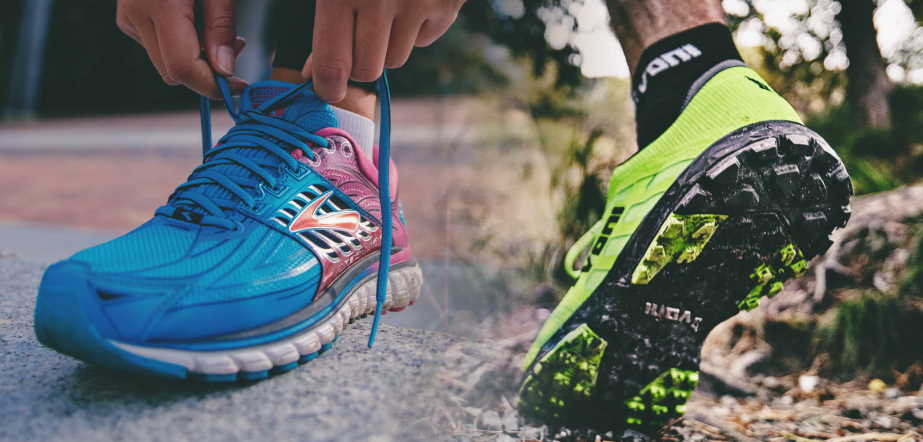Is there a difference between walking and running shoes?
A running shoe has different features than a walking shoe. For this very reason, many footwear is also not ideal for fitness walks.
In the meantime, fitness travelers will generally find a running shoe that suits their requirements better than most walking shoes. By understanding the difference between walking and running shoes to look for a walker will evaluate running shoes and footwear to find the best models.
Running shoes have several features, so manufacturers are working with the latest fabrics and technologies to keep it up to date. You can choose from a variety of different running types and needs.

The amount of cushioning ranges from minimalistic styles for racing to coiled long distance running shoes.
Running shoes have different heel-to-toe drop styles to meet the needs of toe-strikers, center foot strikers and heel-strikers. New designs are designed to give the surface and coating much less weight and smooth construction to remove rubbing points that can lead to blisters.
In comparison, running vs walking shoes have always lagged behind in technology and were built more for comfort than for efficiency. If you need a comfy shoe for short walks and easy walks, they can go well.
They fight and slow down your normal foot movements. It’s because you have fewer choices when shopping in the shoe alley, so walkers always find running shoes that best suit their needs.

More cushioning is needed for Runners: runners have three times their body weight on the field, while malingers have a 1.5 times more body weight. Runners need more heel and forefoot coiling than walkers, so you see all the talk of air coils systems in your shoes.
Walkers need less coating: Walkers do not need an additional coating on the forefoot, and most can do so by less coating on the feet.
Extra coatings add extra weight, thus a balance between a heavy shoe that eliminates damage to your legs and feet and a lighter shoe, where you can run and walk more easily.
